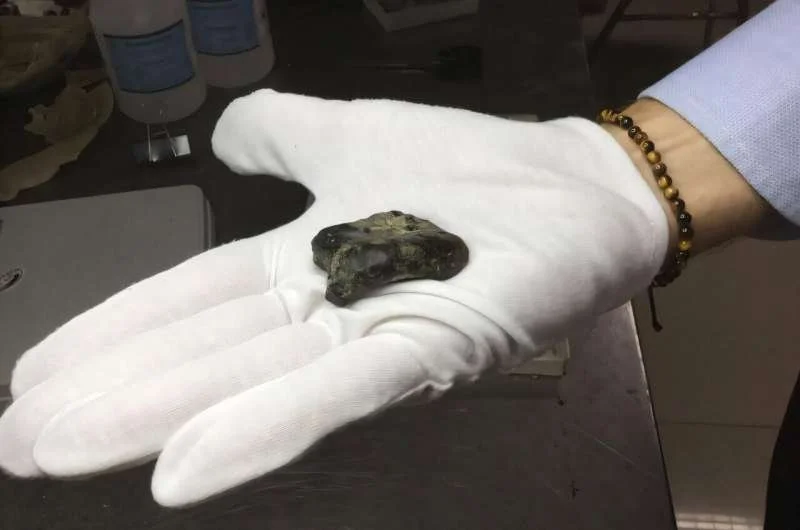The Etches Collection in Kimmeridge, Dorset, is now home to the skull of a new species of pliosaur, an enormous marine predator that lived around 150 million years ago. At around 12 metres in length, the pliosaur is thought to have been able to beat a T-Rex in a fight. The discovery of the fossil specimen began with the discovery of a snout segment on a beach in Dorset.
Steve Etches and Chris Moore were the preparators who were tasked with extracting the fossilised skull from the cliff face in which it was embedded. The process took around two weeks of continuous chiselling, before the skull was plastered and taken down from the cliff face. It weighs almost a tonne and had to be transported up the cliff using a specially designed cage.
The whole process of extracting the skull took several months. The Etches Collection is home to a range of fossils from the Jurassic Coast, which is known for its rich variety of fossils, including ammonites, belemnites, and ichthyosaurs.







